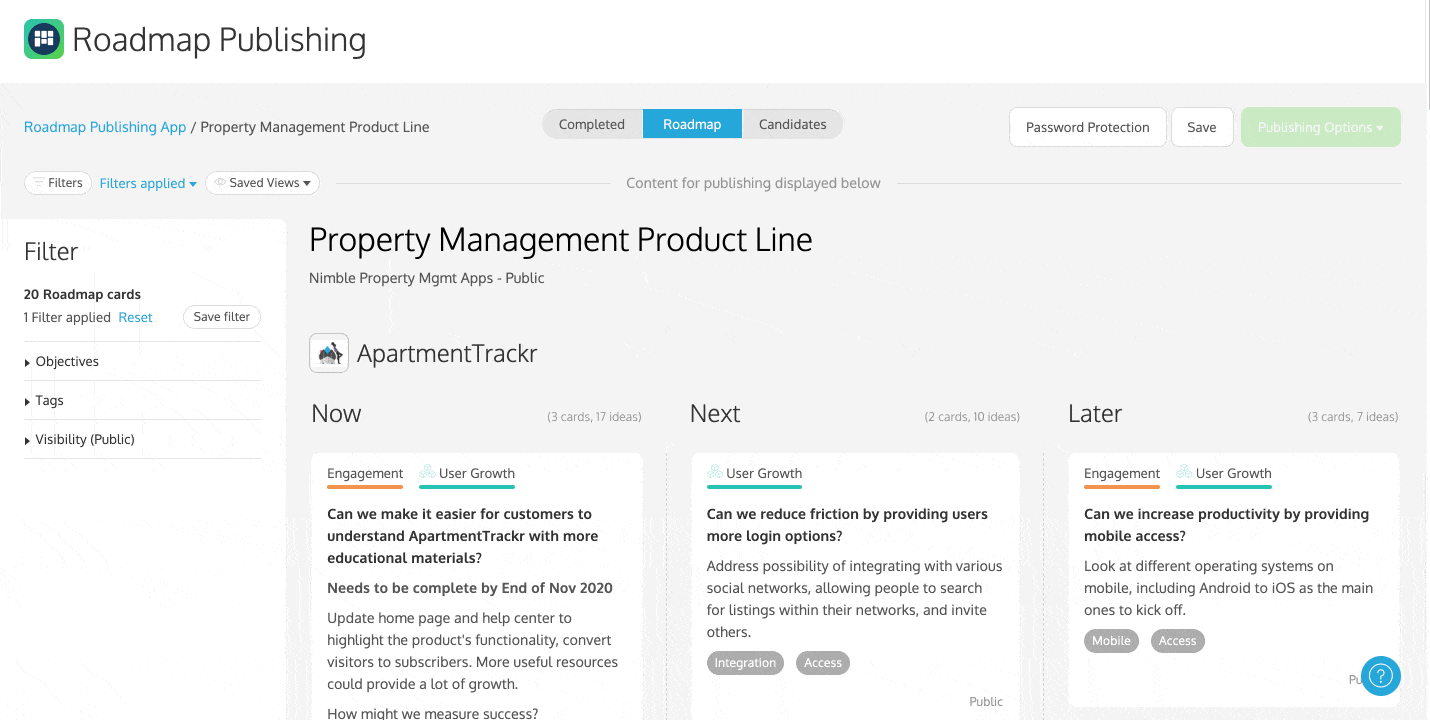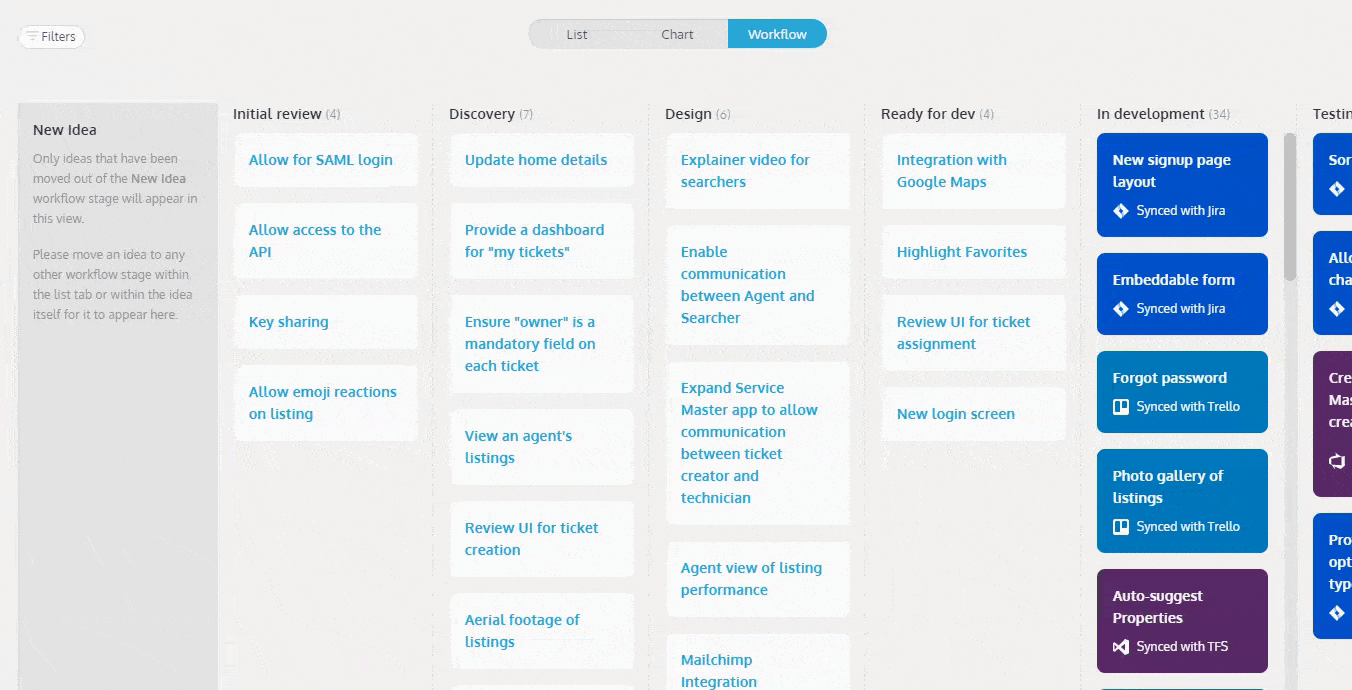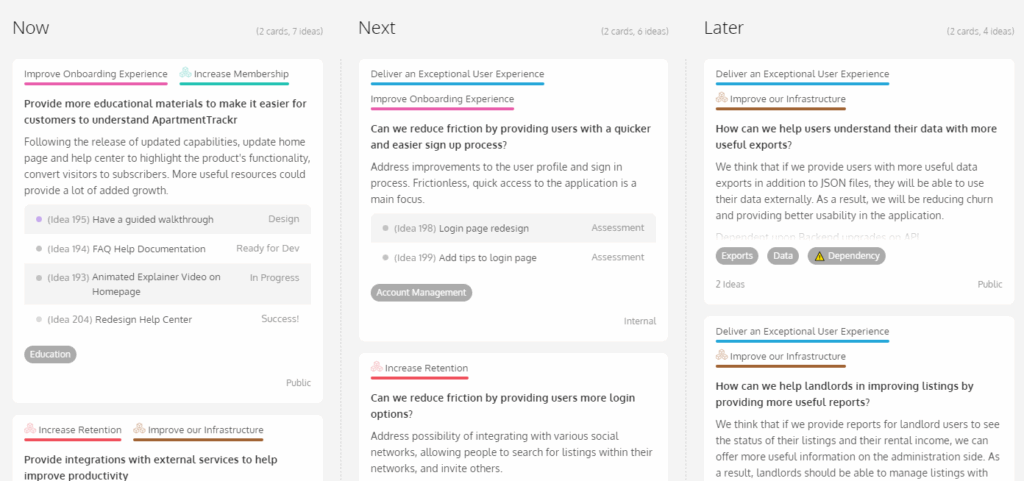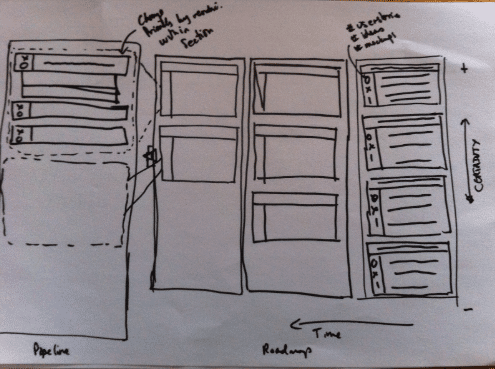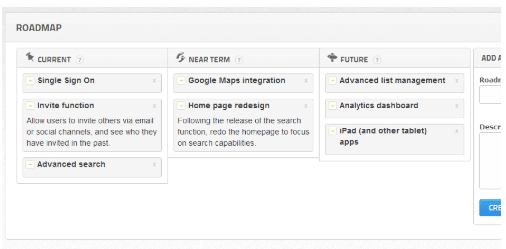Product managers are all about prioritization. The items that deliver the most value to a product’s reputation, help the product achieve its goals and improve KPIs are the ones that we continually slot at the front of the queue.
It’s our job to skip over the features that only apply to a couple of customers. To ignore shiny objects and stick to what really matters. In practice, that means focusing on big things that create meaningful, measurable impacts.
But that doesn’t mean we still shouldn’t sweat the small stuff. There are plenty of seemingly minor or insignificant aspects of the overall product experience that are often ignored. But these aspects play an outsized role in successful product adoption and customer satisfaction.
While none of these by themselves will likely add up to a massive shift in growth or profitability, they do add up. When we can reduce friction, we give customers one more opportunity for delight and one less chance to get frustrated.
4 Common Areas to Uncover Potential Problems for Product Reputation
It doesn’t take a genius to spot opportunities to make a little change with a big impact. It would help if you were on the lookout for them by taking the perspective of your users.
Customer-facing teams are an excellent resource for both identifying these items and gauging how frequently they occur. Ensure your customer research includes room for this type of feedback along with bigger picture areas to understand your product’s reputation.
Here are four aspects of the product experience to keep on your radar.
1. Onboarding
Your product may be awesome, but if customers can’t figure it out, you’re liable to see many of them abandon ship quickly. A thoughtful, dedicated onboarding process can shrink the time it takes from a customer-first dipping their toes in the water to diving all the way in.
It’s important to consider the entire onboarding process as part of the product experience. Especially since onboarding is about people as it is about software, it’s not just the friendly pop-ups and helps documentation.
Consider how your customers learn about, experiment with, and ultimately find value in your product. There will undoubtedly be improvements and adjustments as you map out and evaluate the customer’s onboarding experience. Adjustments both in the product itself and with the processes and actions the rest of the team takes.
Smoothing out bumps in the road and simplifying key tasks that lead to greater engagement is the goa. This can be as seemingly minuscule as making it easier to issue credentials or better in-app prompts for newbies. But just as important are the training sessions, how-to videos, and messaging that customers (should) receive.
2. Accounting
Whether it’s an in-app transaction, an enterprise sale, or an e-commerce purchase, the product team will likely chalk that up as a victory and another tick on a KPI. But after a sale, there’s a whole other string of events that need to occur effortlessly for your customers.
Anything that makes it tougher to pay, get a receipt, track an order, or receive merchandise is a strike against your customer’s satisfaction with the experience. Keep in mind for B2B products that the person using your product often isn’t involved in those steps. No matter how good your product is, you must remember how critical the customer experience is.
3. Usability
Most people acclimate to annoyances to receive the benefits of an experience. It’s why people are willing to stand in lengthy lines at theme parks or keep phone chargers in every room of the house.
But a shorter line and a longer battery life will increase the customer’s enjoyment and decrease their frustrations. That’s why all those little torturous moments in an otherwise delightful user experience can do so much damage.
A customer-centric organization doesn’t settle for workarounds and “good enough.” While those compromises might have been necessary for the sake of speed, they should be dealt with as quickly as possible. Do this to create a solid experience that doesn’t have any particularly jarring or irritating moments.
Improvements can be anything from a more intuitive UI to speedier processing to easily customizable settings. Anything that simplifies the path from Point A to Point B or alleviates any confusion is fair game.
4. Dead ends and bailouts
The final source for spying frequent frustration points is by using your product analytics to see when users give up and quit. Is there a particular step in a transaction where you see a huge fall-off? Are users consistently using one feature of your product before they stop using it at all?
Improving the odds of customer success is a critical opportunity in enhancing the customer experience. You might have to combine it with surveys, emails, or interviews. But if there’s a pattern of when users throw in the towel, it’s worth further investigation. These trouble spots can often be easily remedied with small changes and improvements that have a massive knock-on effect.
Enhance Your Product Reputation
Enhancing the customer experience is the best way to improve the reputation of your product. But how do you go about including these improvements?
How you structure your product roadmap can make a big difference, particularly whether there’s the bandwidth for these incremental improvements. There are a few dependable strategies to ensure the low-hanging fruit gets addressed. Strategies that ensure the spotlight stays on more significant items.
4 Ways to Carve Out Space for the Little Things
Identifying areas for improvement is one thing, but squeezing them into your product roadmap can be much harder. When you’re normally applying a ruthless prioritization philosophy, there’s scant space for seemingly trivial tweaks.
1. Organize your roadmap using themes
Theme-based roadmaps shun listing out specific features for broader goals and objectives. You can then slip in some smaller changes underneath the corresponding umbrella theme.
For example, if there’s a “Checkout” theme in which you identified opportunities to expedite billing by automating invoice creation or saving credit card numbers for future purchases, those can slot for that initiative.
If there’s enough work to warrant it, you can create a theme or OKR around user experience. One that’s chock full of minor changes that will create a net positive effect.
Watch our expert panel discuss how product managers can use themes and a north star metric.
2. Build a “small stuff” sprint into your cadence
As your product experience grows more complex and the userbase more diverse, there will always be little issues cropping up. Issues that could address with a little bit of development work. If these keep piling up and can’t seem to address during normal operations, work with your engineering team to schedule an occasional “small stuff” sprint every three or four or five sprints.
The work can be limited to these smaller tweaks, along with bug fixes and work required to minimize technical debt. Once these become routine, your wish list will shrink over time. Then the whole product will get the regular maintenance it likely needs.
3. Include a non-technical swimlane in your roadmap
Many minor details don’t require coding or manufacturing. They lie completely at the feet of other parts of the business. Don’t be afraid to hold them accountable by including their initiatives to improve the customer experience on your roadmap.
This will increase visibility, create more urgency, and ensure these tasks follow a consistent process and get the oversight they need. And, once stakeholders get used to it, they’ll wonder why there wasn’t one there all along!
4. Use the Kano model
Keeping your minor improvements visible is a major step in actually getting them done. If you use a Kano-style roadmap, those small-but-important to-do items won’t languish in a backlog or parking lot.
Every time the team looks at the roadmap, they’ll see it as a reminder. During those rare moments when a developer or engineering team has a spare cycle, they’ll be able to easily grab one and fit it in as they wait for the rest of the release to wrap up.
These “extras” might only take a few hours or days, but their impact can be a major gamechanger for the users they affected.
Takeaways
Seemingly minor or insignificant aspects of the overall product experience play a huge role in a product’s reputation; by using a roadmap and including small wins into your strategy, you can see the product’s ultimate success.
The post Missed Details That Can Cause Huge Product Reputation Ramifications appeared first on .









